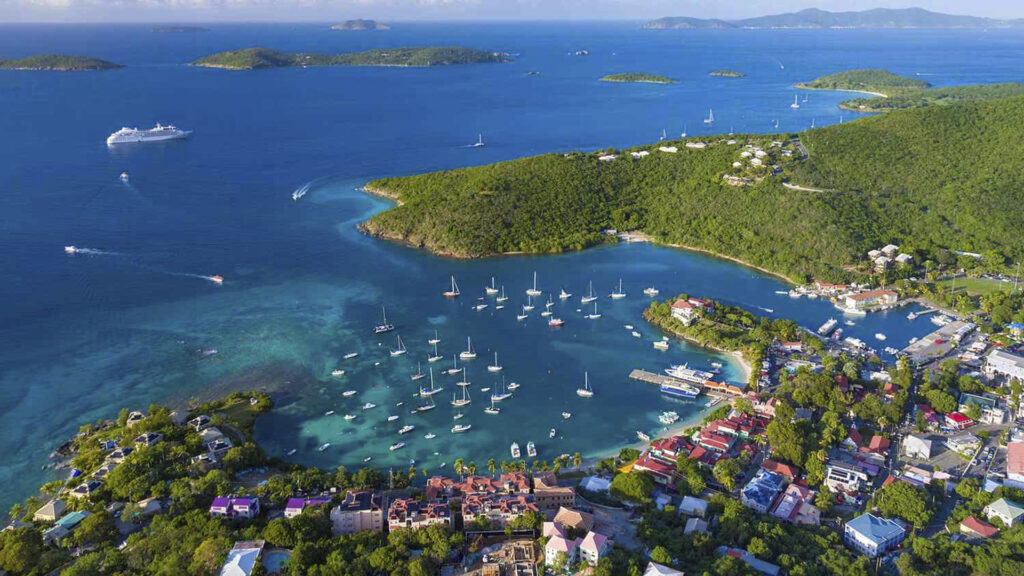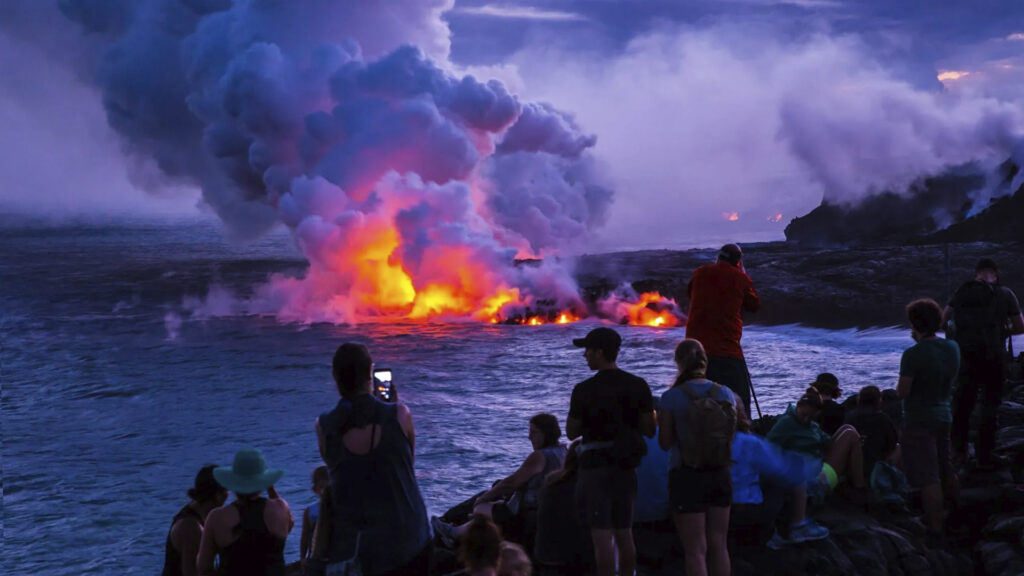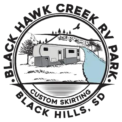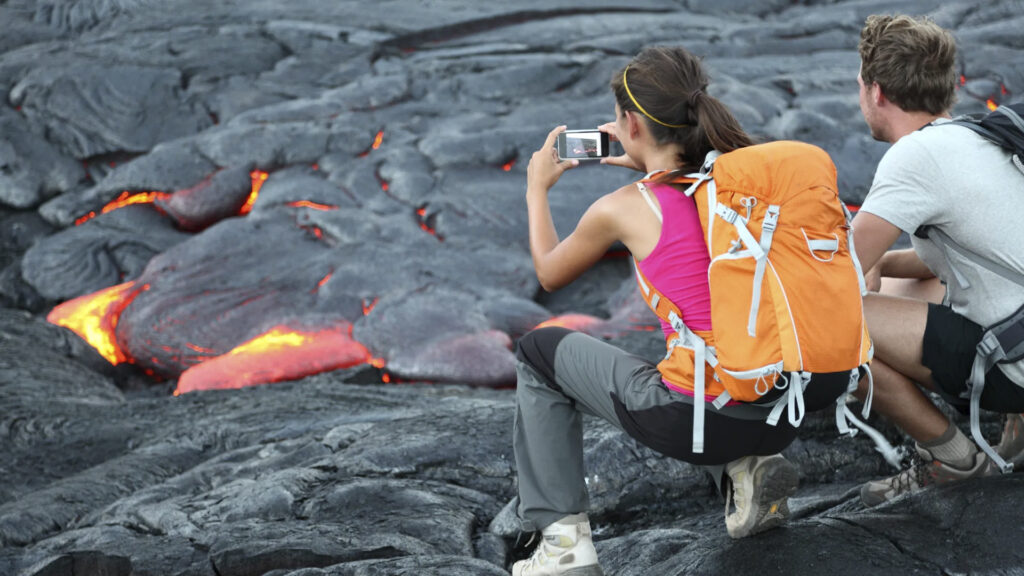Table of contents
January is an excellent time to experience the beauty and serenity of national parks. The off-season provides numerous benefits, such as fewer crowds, unique seasonal landscapes, and potential cost savings. Whether you are looking to escape the cold or embrace winter’s charm, January offers diverse experiences—from warm beach destinations to snow-covered peaks. This article will guide you through the best national parks to visit in January, helping you plan your perfect winter getaway.
Why Consider Visiting National Parks in January
Visiting national parks in January comes with several advantages. First, most national parks experience significantly reduced crowds, offering a peaceful atmosphere that allows you to fully appreciate the natural beauty of the surroundings. This lack of visitors also makes it easier to find accommodations and access trails without the usual congestion.
Additionally, winter months often present unique photographic opportunities. Snow-covered landscapes, crystal-clear skies, and wildlife in winter habitats make for stunning images. The off-season also means more favorable conditions for wildlife viewing, as animals are more visible and active during colder months. Moreover, many parks offer discounted accommodations, which makes January an excellent time for budget-conscious travelers.
While January is a great time for national parks, it’s important to check current conditions before you go. Some facilities or roads may have limited operations during the winter months, and certain areas may be closed due to snow or weather conditions.
Warm Weather National Parks for January Escapes

If you’re looking to escape the chill and enjoy some sun, several national parks offer perfect weather in January.
Death Valley National Park, California
Located in one of the hottest places on Earth, Death Valley is a fantastic destination in January. The scorching summer temperatures give way to more pleasant conditions, with daytime highs averaging around 67°F. This makes for perfect hiking weather, allowing visitors to explore the Badwater Basin (the lowest point in North America), Zabriskie Point, and Mesquite Flat Sand Dunes.
In addition to hiking, January offers excellent stargazing opportunities in this dark-sky park. The clear, crisp winter skies provide a breathtaking view of the stars. Popular trails like the Golden Canyon Trail and Dante’s View offer stunning views of the valley and surrounding desert.
Virgin Islands National Park
If you’re dreaming of warm beach weather in January, Virgin Islands National Park offers a tropical paradise. Average temperatures hover around the mid-80s, making it an ideal time for beach activities. Trunk Bay, one of the park’s most famous beaches, features pristine white sand and clear turquoise waters, perfect for snorkeling and swimming.
The park also offers hiking opportunities through tropical forests and past historic sugar plantation ruins. January is also a great time for wildlife spotting, as the park’s ecosystems come alive with various bird species. To access the park, you’ll need to fly into St. Thomas and take a short ferry ride to St. John.
Everglades National Park, Florida
Everglades National Park is another excellent national park to visit in January. The park experiences dry, pleasant weather with highs in the 70s and lows in the 50s, making it a comfortable time to explore the wetlands. January is also the peak of bird migration season, offering unique opportunities for bird watchers.
Visitors can explore popular trails like Anhinga Trail or embark on an airboat tour to view the park’s famous wildlife, including alligators, manatees, and a wide variety of bird species. With fewer mosquitoes compared to other months, January is the perfect time to enjoy the Everglades without the usual summer pests.
Dry Tortugas National Park, Florida
Located about 70 miles west of Key West, Dry Tortugas National Park offers an idyllic January escape with pleasant temperatures in the mid-70s. The park is known for its crystal-clear waters and vibrant coral reefs, making it a fantastic destination for snorkeling and diving. January also offers the rare opportunity to access Bush Key, which is typically closed during other parts of the year to protect nesting birds.
Visitors to Dry Tortugas can explore the historic Fort Jefferson and hike around the remote islands. Access to the park is via seaplane or ferry, making for a unique adventure. Camping is available on Garden Key, and visitors should plan for a day trip or an overnight stay.
Badlands National Park, South Dakota
Badlands National Park is another great national park to visit in January, offering crisp temperatures that hover around 30-40 degrees. The park’s distinctive layered rock formations and expansive prairie landscapes create dramatic views, and January’s clear winter skies provide perfect conditions for photography.
The park features diverse terrains with sweeping views of rugged badlands terrain and open grasslands. While some trails may be snow-covered, the Badlands Loop Road remains accessible, offering stunning vistas of the park’s unique geological formations. Popular viewpoints include the Pinnacles Overlook and the Big Badlands Overlook. January’s quiet winter atmosphere makes for a serene hiking experience, perfect for those looking to explore the stark beauty of the prairie landscape in winter, with opportunities to spot wildlife like bison and bighorn sheep against the snow-dusted landscape.
National Parks with Unique Winter Experiences

If you’re interested in experiencing a national park’s winter charm, several locations offer unique seasonal experiences.
Zion National Park, Utah
January is one of the best times to visit Zion National Park, as it is typically the least crowded month. This allows visitors to experience the park’s stunning red rock formations in solitude, with a dusting of snow adding to the beauty. The winter months also allow you to drive through the park on your own, instead of taking the shuttle that is required in peak season.
Snow-dusted landscapes make for excellent photography, and winter hiking provides a chance to see the park’s famous landmarks, such as Angels Landing and The Narrows, in a different light. Be sure to check trail conditions, as some may be icy or closed during winter months.
Joshua Tree National Park, California
January is one of the best times to visit Joshua Tree National Park, thanks to the mild temperatures around 60°F, perfect for hiking and rock climbing. The clear, crisp skies provide exceptional stargazing opportunities, making it a prime destination for those wanting to experience the beauty of the desert at night.
Joshua trees, unique to this area, create a surreal landscape that’s especially striking at sunrise and sunset. Popular trails like Hidden Valley and Barker Dam are accessible, and visitors can also enjoy rock climbing at the Wonderland of Rocks.
Arches National Park, Utah
Arches National Park is another fantastic destination for winter travelers. January offers a rare chance to experience iconic formations like Delicate Arch without the crowds. The possibility of snow on the red rock formations creates an unforgettable contrast, perfect for photographers looking to capture the park’s beauty in a quieter setting.
During January, trails such as the Delicate Arch Trail and the Windows Trail are accessible, though it’s important to be prepared for icy conditions. With fewer tourists, accommodations in nearby Moab are more readily available, making this a great time to visit the park.
Haleakala National Park, Hawaii
For those looking for a unique experience, Haleakala National Park on the island of Maui offers a combination of tropical and cooler climates. At lower elevations, you can explore lush rainforests, while the summit of the volcano offers a chilly 40°F temperature at sunrise, providing an incredible view.
The sunrise at Haleakala is one of the most spectacular sights in the U.S., and visitors must make a reservation to access the summit early in the morning. The park also offers a range of hiking opportunities, including trails through the crater and diverse ecosystems.
Hawaii Volcanoes National Park, Hawaii
Hawaii Volcanoes National Park offers a distinctive experience in January, with pleasant temperatures and the opportunity to witness volcanic activity. Steam vents and the chance to see active lava flows provide a unique experience that cannot be found at most other national parks.
The park features several accessible trails, such as the Kilauea Iki Trail, where visitors can explore volcanic craters and lava tubes. Ranger-led programs help explain the cultural significance of the park and the ongoing volcanic processes that shape the island.
Tips for Visiting National Parks in January
Visiting national parks in January requires some preparation. Be sure to check park websites for current conditions, as some roads, trails, or facilities may be closed or have limited hours. It’s also important to pack for varying weather conditions, especially if you are visiting parks with significant elevation changes.
With shorter daylight hours, plan your activities accordingly, and always contact the visitor center for the most up-to-date information. Keep in mind that winter can bring colder temperatures, particularly in higher elevations, so dress in layers and bring proper gear for winter conditions.
Lastly, remember to be respectful of wildlife during winter months. Animals may be more vulnerable during the colder season, so give them space and avoid disturbing their habitats.
Make Black Hawk Creek Your Perfect Winter Basecamp!
Planning to visit the best national parks in January, like Badlands National Park? Stay at Black Hawk Creek RV Park & Cabins, the ultimate year-round basecamp for winter adventurers. Nestled in the heart of South Dakota, our park offers easy access to iconic attractions like the Badlands, Mount Rushmore, and Rapid City. Enjoy a cozy, convenient stay and experience the beauty of South Dakota’s winter wonderland. Book your stay now and kickstart your next adventure!

